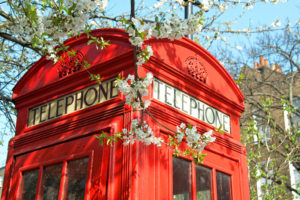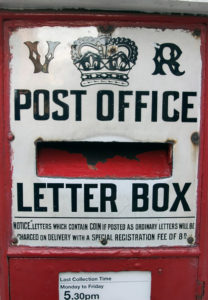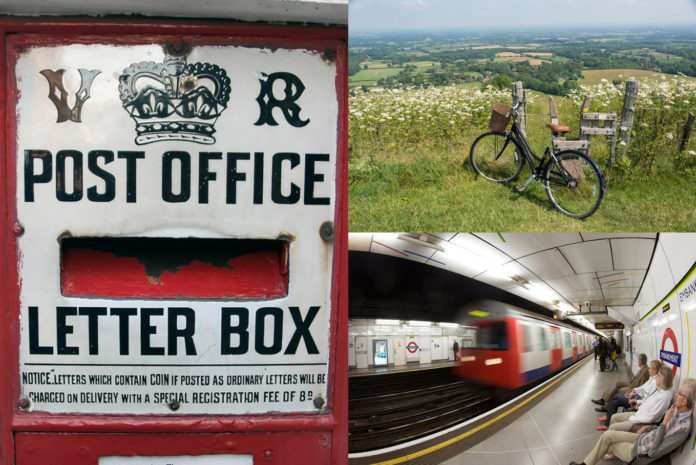From the first photograph to the first bicycle, where would we be without the Victorians? We look at some of the most influential inventions
The first photograph

William Henry Fox Talbot loved to sketch, but struggled to produce the kind of work he was proud to show off. ‘How charming it would be if it were possible to cause these natural images to imprint themselves durably and remain fixed upon the paper,’ he wrote. Thank goodness he didn’t think he was better. As a solution, he dreamt up a way to fix images, and in 1835, created the earliest surviving photographic negative of a window at his home, Lacock Abbey in Wiltshire. In 1839, Fox Talbot presented his ‘art of photogenic drawing’ to the Royal Society, patenting his developing, fixing and printing process in 1841.
The first telephone

Perhaps it is little surprise that Alexander Graham Bell invented the telephone. His father and grandfather were both elocution experts. Graham Bell was originally from Scotland, although he later became a US citizen. He was granted a patent for his invention in 1876. Within a year, the first telephone exchange was built in Connecticut.
The first pedal bicycle – and the Penny Farthing

A humble hobbyhorse inspired the invention of the pedal bicycle. Kirkpatrick Macmillan, the Scottish son of a blacksmith, saw one being ridden on the road and decided to make his own. He realised it would be improved if he could move without putting his feet on the ground, completing the new machine in 1839. Soon he was riding 14 miles to Dumfries in under an hour. His first longer journey, in 1842, was a 68 mile ride to Glasgow. It took him two days and he was fined five shillings for injuring a small girl who ran across his path.
The penny farthing – a symbol of the late Victorian era – was designed by James Starley in Coventry in 1870, based on an earlier French model. The front wheel was almost six feet high, with the seat above the wheel. Among its other perils, there were no brakes.
Adhesive postage stamps – and the Penny Black

In the 1800s, the postal system was plagued by corruption. Before the postage stamp, ink and hand-stamps were usually used to frank letters and confirm the payment of postage. Mail was paid for by the recipient, causing difficulties when the recipient refused. Adhesive postage stamps were proposed by Sir Rowland Hill, an English teacher and social reformer, in 1837, and came into circulation in 1840. Known as the Penny Black, it featured a distinctive profile of Queen Victoria. The first Post Office pillar box was erected in Jersey in 1852. A year later they arrived in mainland Britain.
Underground trains

The world’s first underground railway opened in 1863 between Paddington and Farringdon in London using gas-lit wooden carriages hauled by steam locomotives. The stations are now on the Circle, Hammersmith & City and Metropolitan lines. The Metropolitan District Railway, commonly known as the District Railway, opened in 1868 from South Kensington to Westminster as part of a plan for an underground ‘inner circle’ connecting London’s main-line stations. The network now has 11 lines and carries about 1.4 billion passengers a year – or 4.8 million passengers a day. The London Underground has 270 stations and covers 250 miles of track – only 45 per cent of the system is actually underground.






 © 2024
© 2024